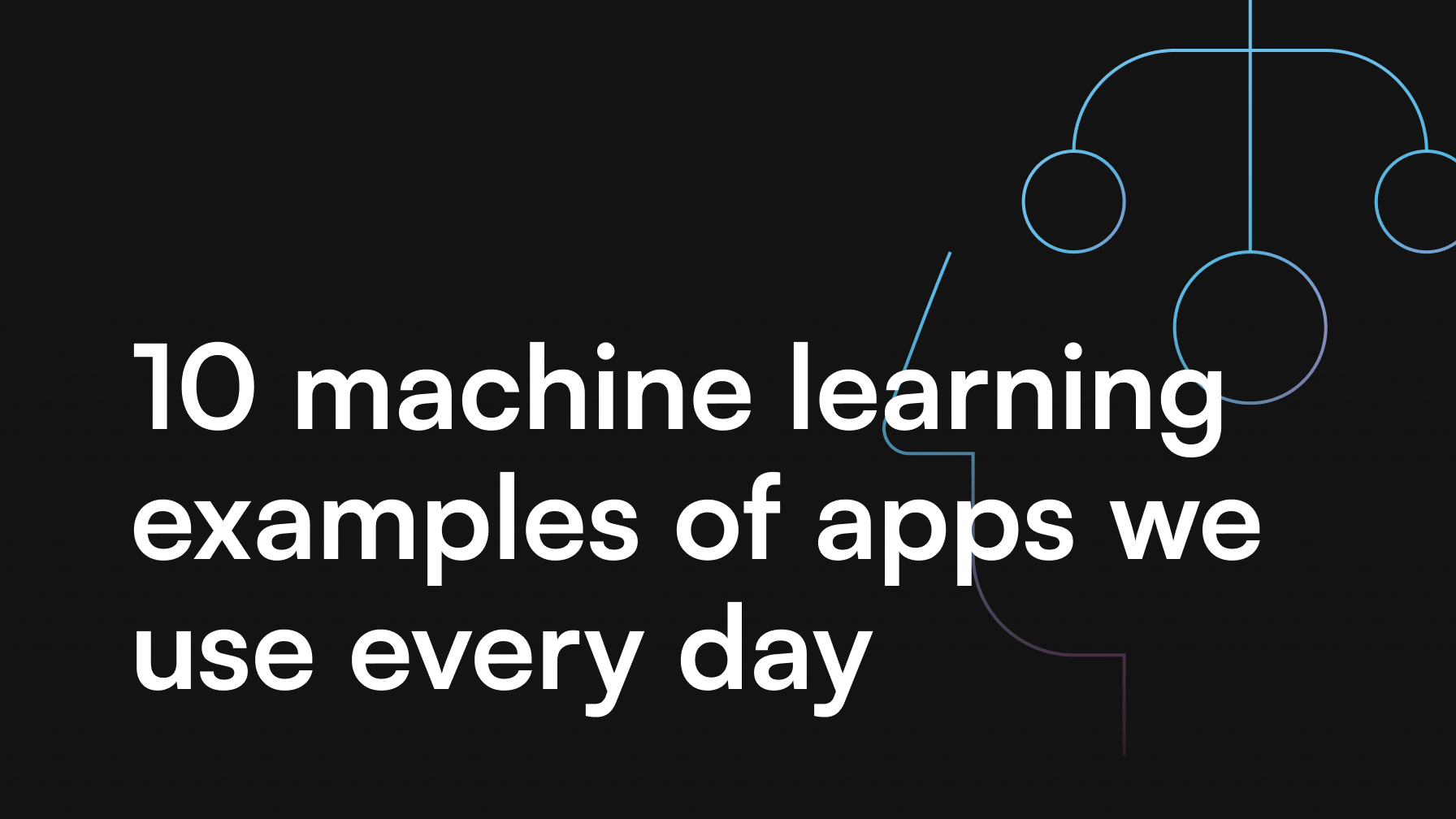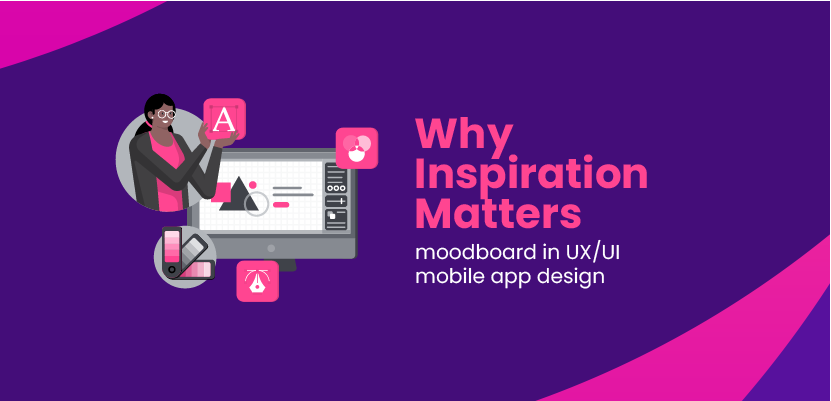Cross-platform vs native vs hybrid vs PWA development

Alexa Trachim

Paulina Chmielewska

There are many different ways to deliver a mobile experience to the users. Building mobile apps can be done using various methods. Each project can require something else than the other, so the approach always changes. Thankfully, we have technologies that support all of them. The question is – which one to choose?
Table of contents
- First of all – what kind of app for your project?
- Native app development
– Pros
– Cons
– When?
– Examples - Hybrid app development
– Pros
– Cons
– When?
– Examples - Cross-platform app development
– Pros
– Cons
– When?
– Examples - Progressive Web Apps (PWAs)
– Pros
– Cons
– When?
– Examples - Let’s summarize
Of course, the answer is – that depends. In this blog post, we will deliver a detailed comparison between hybrid, native and cross-platform methods of developing mobile applications. What are their pros and cons? Actually, what is the difference between them? Let’s find out!
First of all – what kind of app for your project?
Definitely start with your target group – their needs, wants and preferences. Do they use devices with Android or rather iOS? Or maybe both? That can depend on the country your potential audience is living in. Americans mostly pick Apple devices, in Europe – that depends on the region. Why is that even important? If you want to share your app in a place that uses mostly iOS – maybe you don’t even have to bother with creating an Android app. But if your audience is equally in love with iPhones and all the big spectrum of their competition smartphones – developing an application for both of these groups will profit your business.
Another thing to keep in mind is the estimation of the time and budget we want to spend on the project. Some cross-platform frameworks – for example Flutter – allow to quickly build mobile apps that will work on both major mobile operating systems.
Also, the type of application you consider can be important when choosing a technology for its development. E-commerce apps often are coded as PWAs (progressive web apps), which are similar to hybrid apps but not completely. Products that have hardware requirements to function properly (camera, GPS, etc.) shouldn’t be created with hybrid technologies but rather as native apps.
There are many things to keep in mind before we even start working on an app. So what’s the actual difference between native, hybrid and cross-platform apps?
Native app development
Applications that were made with one specific technology dedicated to a concrete platform (Android or iOS) are called native apps. Each mobile operating system has its own languages used for coding native apps. For Android mobile app development, the examples could be Kotlin or Java. For iOS native mobile app solution would be Swift or Objective C.
Native apps are known for their robust functioning, fast performance and user experience that is tailor-made to their platform of choice. What’s important, using system resources provided by a chosen platform is much easier and works better, when it comes to native mobile app development.
Pros
- Faster performance thanks to simpler code
- Much better functioning in an offline environment
- Support for device APIs which means higher usability
- UI components custom to each platform which boosts user experience
- With access to needed hardware – easier to prevent bugs
- Screen-ratios are not a problem because of layouts for each platform
- No need to depend on open-source libraries
Cons
- If you need native mobile apps for more operating systems – takes longer and is more expensive
- Adding new features requires to put them separately in each codebase
- Native languages are very specific so you need a bigger team of specialists
When?
- Definitely when you need to code just for one platform
- It’s the first time your target audience will use your mobile app – they don’t know it from the web or other sources – and you want to give them the best experience possible
- You want to use specific hardware options like camera, GPS and more
- The mobile app is very complex, has a lot of features and you want its performance to be sharp
- For 3D games or lots of animations
Examples
Each of your system apps is a native app
Calculator, Notes and all the other built-in applications that you get when you buy a device. They are all native.
Most of the mobile games
Angry Birds is one example. Games need to be robust so developing them as natives is the best choice.
Hybrid app development
Hybrid mobile app development is characterized by combining features of a native app and a web app. That means we can build a hybrid mobile app using well-known languages and frameworks – for example, JavaScript, HTML and CSS. Basically, it’s about mixing web and mobile elements to quickly create a product available on different platforms – a hybrid app.
The process of making hybrid apps consists of creating a backend codebase that will then be covered with a native shell that allows them to be uploaded to Google Play or App Store.
Pros
- Lower development cost, especially when you make a hybrid app for many different platforms
- Shorter time-to-market period because of the same backend for all variants
- Maintenance is much easier because it’s based on web solutions – native ones are much more complex when it comes to code
- Using native APIs is available so using device features like camera or GPS is not a problem
- Adding new features to hybrid mobile apps is simple with one codebase
Cons
- Complex apps won’t perform perfectly with this solution, more features slow it down
- Hybrid apps won’t work offline
- One codebase means that the hybrid mobile app works the same everywhere – might cause problems with using certain features provided by iOS or Android only
- Need a bigger team of developers – a web dev for backend and a native dev for the rest
When?
- A broad audience that uses the product on many platforms – mobile and web
- Simple projects based on content – no animations and other complicated features
- When you have no time for cross-platform development but you need a product used on different devices
- Minimum Viable Product (MVP) to test your project idea
Examples
You can’t load pictures on Instagram while you are offline, but it allows you to check the ones that were previously accessed. Instagram is a classic example of a hybrid mobile solution.
Gmail
A great example of web infrastructure and native mobile shell.
Evernote
Simple but powerful, this app is fantastic when it comes to UI. Proof that hybrid apps can be efficient.
Cross-platform app development
Might resemble hybrid development, but they are not the same. Cross-platform mobile applications are using native elements to give the user great experience despite the device they use. So they share the same codebase for all platforms, but they can have their own respectful differences in UI.
Cross-platform apps are currently very popular, thanks to frameworks like Flutter and React Native. Building cross-platform apps with these technologies helps to save time and money. Also, if you already know that you need mobile apps for both Android and iOS or you want to research both of them markets – developing a cross-platform app is a good idea.
Pros
- Time and cost-effective thanks to developing both app versions at the same time (mostly)
- Reusability of code so we don’t have to create a separate base for each platform
- Easier to reach more target groups with an app for iOS and Android
- Adding features doesn’t require a lot of work because code is consistent – in native development usually codebases are much different
- UI performance can be comparable to native apps because it is rendered with native solutions
Cons
- Dependency on framework when it comes to hardware, operating system and UI features
- Can be more complex and needs more skills from a developer
- Some parts of code still need to be written separately because of the differences between platforms
When?
- You know you want to target Android and iOS users together
- Or you don’t know which of these groups will be more important for your business – so you want to target them both
- The app is not very complicated and it doesn’t require features that differ much between the platforms
- Tight budget so native apps can be too expensive
- You want to develop the app faster
Examples
Alibaba
A popular shopping app with many features was created with Flutter.
Social media platform was hybrid before but it became cross-platform to offer a better experience.
Slack
Favorite corporate communicator offers real native-like experience despite the fact it is a cross-platform app.
Progressive Web Apps (PWAs)
Another type of app that could be mixed with a hybrid. But they are slightly different. Their main attribute is running in a web browser, even though it gives the user the native feeling. That means you can install the app on your device, you can use it offline and it can send you the push notifications. It can also use hardware features (camera, GPS), but it is much easier on Android than on iOS.
Their progression is based on the user experience that is optimized for each platform. There are no dedicated languages or frameworks for Progressive Web Apps, so you don’t need to hire a special type of developers. They can be done in Angular or React. This type of app coding is most popular in e-commerce projects.
Pros
- They work offline, unlike hybrid applications
- Accessing them on different platforms is not a problem
- Much cheaper and faster to develop than a different native solution for each platform
- They adapt to different screen sizes – great responsiveness
- Interaction and navigation resembles native apps so it is easy for the user to understand how to use a PWA
- No installation process which can be appreciated by impatient users
Cons
- Weaker performance on iOS and less support for Apple devices
- Limitations when it comes to hardware and operating system features
- They are not available on the app stores – so their marketing can be much less effective
- They use much more battery power
When?
- Need for a multi-platform app that has functionalities of native apps
- If you want to get bigger traffic for your service – as PWAs offer almost equal experience on all devices, the users will more likely access it wherever they are
- For offering robust e-commerce experience
Examples
Tinder
The biggest dating app is PWA. The creators claim this version has many more actions going on than the previous native app.
Uber
The reason for developing PWA for Uber was to be available for older devices. This way, the service could be available early-on for a lot of users.
Forbes
Consumption of visual content should be easy and available. One of the main business news hubs knows that well.
Let’s summarize
Picking the right solution for your mobile apps depends on so many factors. You need to consider your budget, timeline, audience and product. What kind of mobile app do you want to offer? Is it complex or rather simple? How many features you want to integrate – and are they advanced or not at all? All the details matter – using hardware features or operating system options can be limited in different types of development.
Business goals and needs are important, too. You should analyze your marketing strategy beforehand to understand who is your potential customer. What is their behavior, what devices do they use and in what types of situations they will look for your products or services? Clear vision can help to choose the right solution, which can be crucial when it comes to development time and cost-efficiency.
If you are still not sure, which type of mobile apps would be the best choice for your project – try asking a seasoned mobile app development company like itCraft. Our expertise will be perfect when it comes to determining if you should pick native, hybrid, cross-platform or PWA.

We would also like to invite you to download our ebook that is the ultimate guide to Cross-Platform vs Native development. You will learn more about native applications, cross-platform applications and technologies used to build them. We provide examples, case studies and lots of practical info. Get it now and find out which app would suit your business best!






